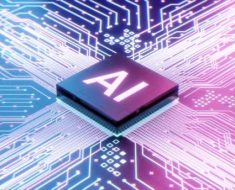
Background:
Hypoglossal nerve stimulator (HGNS) is a therapeutic option for moderate to severe obstructive sleep apnea (OSA). Improved patient selection criteria are needed to target those most likely to benefit. We hypothesized that the pattern of negative effort dependence (NED) on inspiratory flow limited waveforms recorded during sleep, which has been correlated with the site of upper airway collapse, would contribute to the prediction of HGNS outcome. We developed a machine learning (ML) algorithm to identify NED patterns in pre-treatment sleep studies. We hypothesized that the predominant NED pattern would differ between HGNS responders and non-responders.
Methods:
An ML algorithm to identify NED patterns on the inspiratory portion of the nasal pressure waveform was derived from 5 development set polysomnograms. The algorithm was applied to pre-treatment sleep studies of subjects who underwent HGNS implantation to determine the percentage of each NED pattern. HGNS response was defined by STAR trial criteria for success (apnea-hypopnea index (AHI) reduced by > 50% and < 20/h) as well as by a change in AHI and oxygenation metrics. The predominant NED pattern in HGNS responders and non-responders was determined. Other variables including demographics and oxygenation metrics were also assessed between responders and non-responders.
Results:
Of 45 subjects, 4 were excluded due to technically inadequate polysomnograms. In the remaining 41 subjects, ML accurately distinguished three NED patterns (minimal, non-discontinuous, and discontinuous). The percentage of NED minimal breaths was significantly greater in responders compared with non-responders (p = 0.01) when the response was defined based on STAR trial criteria, change in AHI, and oxygenation metrics.
Conclusion:
ML can accurately identify NED patterns in pre-treatment sleep studies. There was a statistically significant difference in the predominant NED pattern between HGNS responders and non-responders with a greater NED minimal pattern in responders. Prospective studies incorporating NED patterns into predictive modeling of factors determining HGNS outcomes are needed.
Keywords:
Artificial intelligence; Hypoglossal nerve stimulator; Inspiratory flow; Machine learning; Negative effort dependence; Obstructive sleep apnea.





